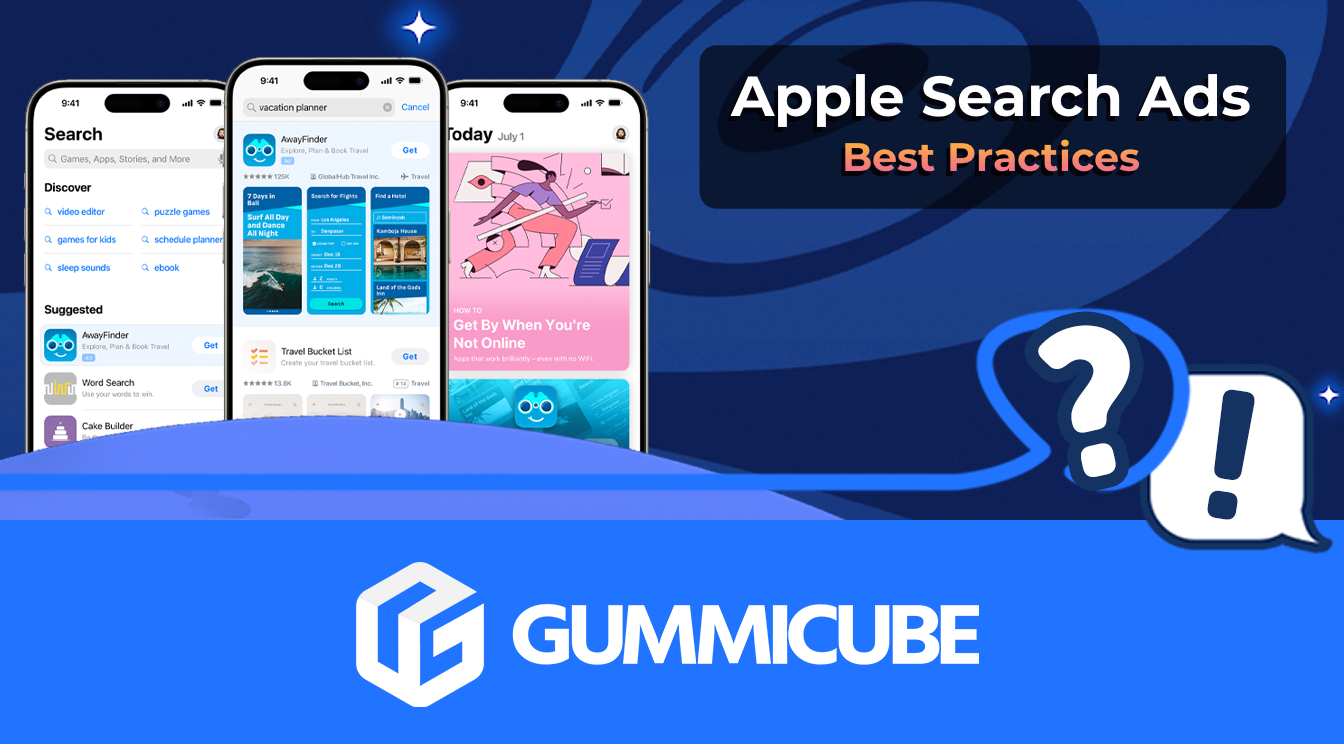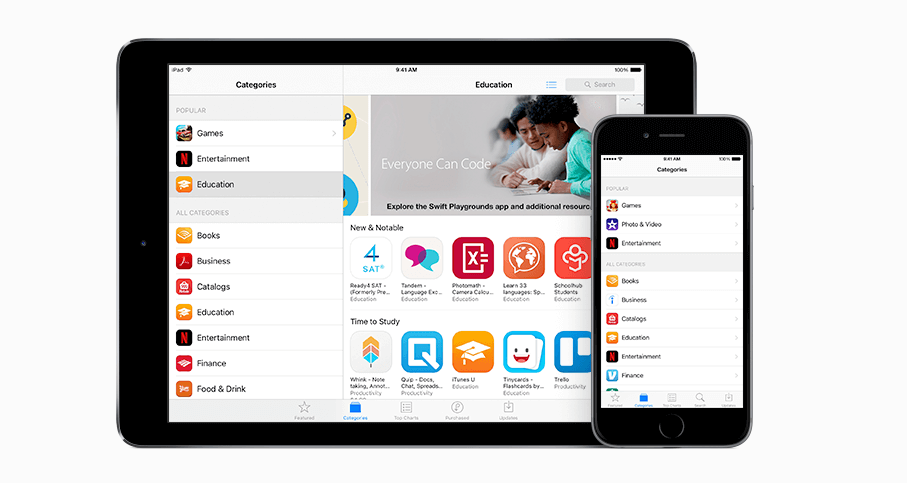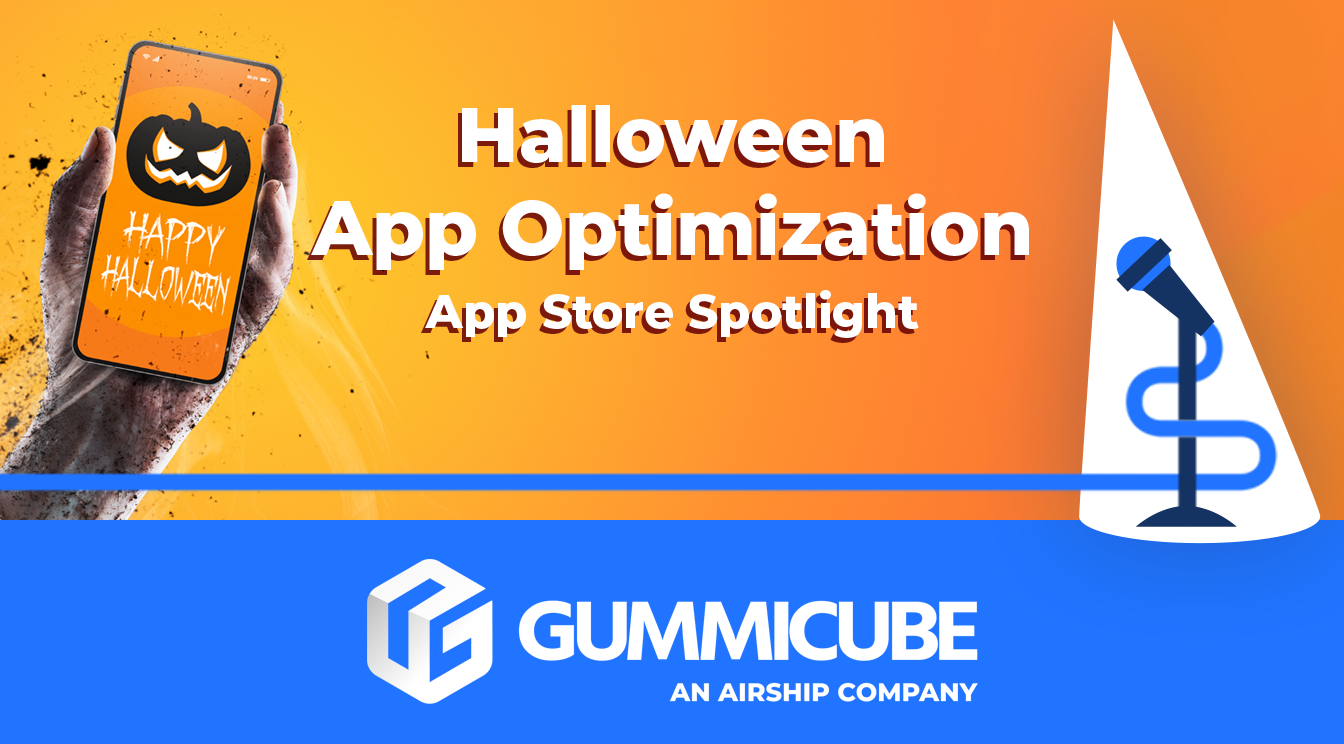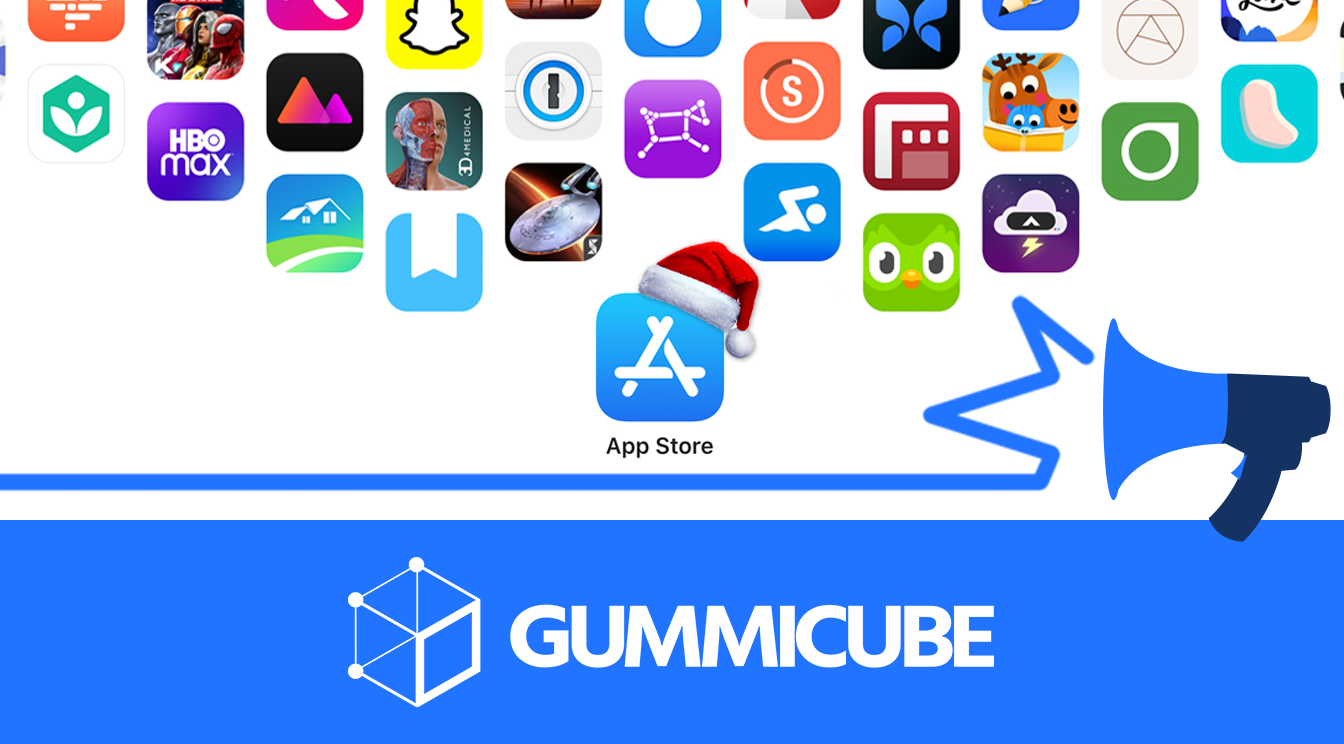
5 Best Practices for Apple Search Ads
Posted on July 3rd, 2024
Are you leveraging Apple Search Ads the right way? Take a look at these recommendations to optimize your paid campaigns and target the right users.

Coming up with the next great app can be exciting, but when looking at the current mobile app market, entrepreneurs realize that the nearly 3 million apps completely saturate every app category. It’s tough to get noticed in any category, but how do the top apps do it? They start by monitoring the current app market, researching user trends, defining user behaviors, creating a targeted demographic user base and carefully distinguishing which category fits their app best. By monitoring competitors and current app market trends, developers can make crucial changes using ASO best practices before wasting their time and resources launching an app prematurely.
Estimating the current app market size can save many developers from wasting time, money and resources. With so much congestion in the app stores, it’s important to know which users to target. It is crucial that developers always keep in mind who they are making their app for. Certainly, part of estimating the app market is considering the volume of the target audience. The problem lies in developers paying too much attention to their competitors instead of focusing on who they are targeting. When creating an app, developers should be constantly monitoring their audience’s size to ensure it’s not shrinking. Understanding who to target is important to determining which app category to target. An app will only become more discoverable and expand their brand’s name if they understand the current market.
Any user browsing through the App Store can easily find the app they want in one of the 26 app categories. For some categories like games, however, there are sub-categories that users can search through, meaning there are competitors in every category. Developers need to determine what category will serve as an app’s primary and if it applies for any other categories. First, developers need to ask the simple question: what does the app do? Depending on the core features, it is easy to estimate which category an app will do best in.
To further gage how well an app will do, developers can monitor what apps are trending on the Top Charts. While the Top Charts are a quick, easy way of monitoring what’s trending, developers can gain beneficial insights on what their competition is doing well on. Keep in mind that the Top Charts are basically a black hole that are often determined by paid apps ranking above subscriptions. The Top Charts are not incredibly realistic to use as a comparison point since most developers don’t have the capital to get there. The Top Charts, while they can help gage what app is doing well, still proves how stiff the competition is. It may be more difficult for an app to rank in a popular category like “photo & video” as opposed to “beauty.” Depending on an app’s core features, it might be best to choose a more realistic category and work on getting ranked. Monitoring the competition is also good because it gives developers an edge to see where their competitors are lacking and incorporate what works well. This gives developers the chance to adjust specific areas of their app’s metadata.
If an app is live on one or both app stores, it’s good to look at how it currently ranks in its primary and secondary category. Sometimes, developers are not doing well in their rankings because their app name does not target many relevant keywords or their downloads and positive ratings are low. Understanding top competitors is also a key step of any ASO strategy to track who is moving up and down in the rankings. Developers looking to monitor their movements with categories can use DATACUBE for a better understanding of trends to make appropriate changes to their app’s metadata to attract more users.
It’s good to make a routine out of monitoring the Top Charts and estimating the current app market before developing and launching an app. Estimating the current market and understanding who to target will save time and money and ultimately create a more successful app.

Are you leveraging Apple Search Ads the right way? Take a look at these recommendations to optimize your paid campaigns and target the right users.

Ghostly happenings are among us... and in your app listing too? If you aren't leveraging the power of app seasonality to make relevant tweaks to your store listing you're leaving precious engagement and conversions on the table.

Developers on the iOS App Store should plan in advance of the upcoming Holiday Schedule to allow enough time for apps to get approved during the busy holidays.